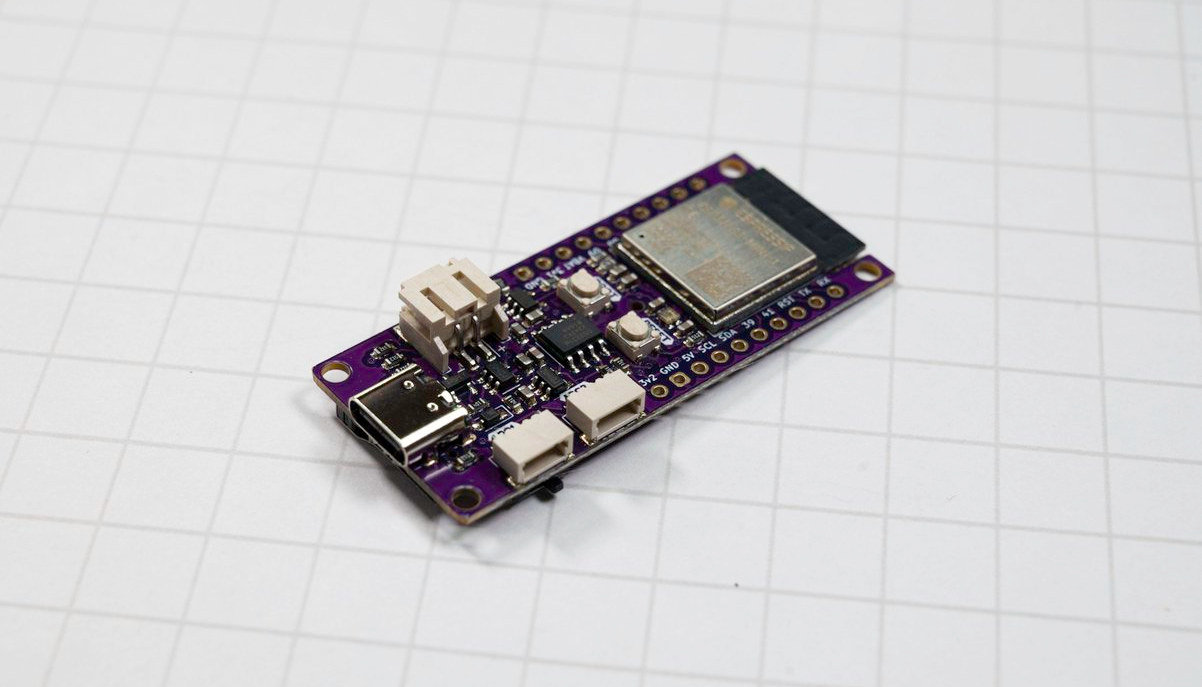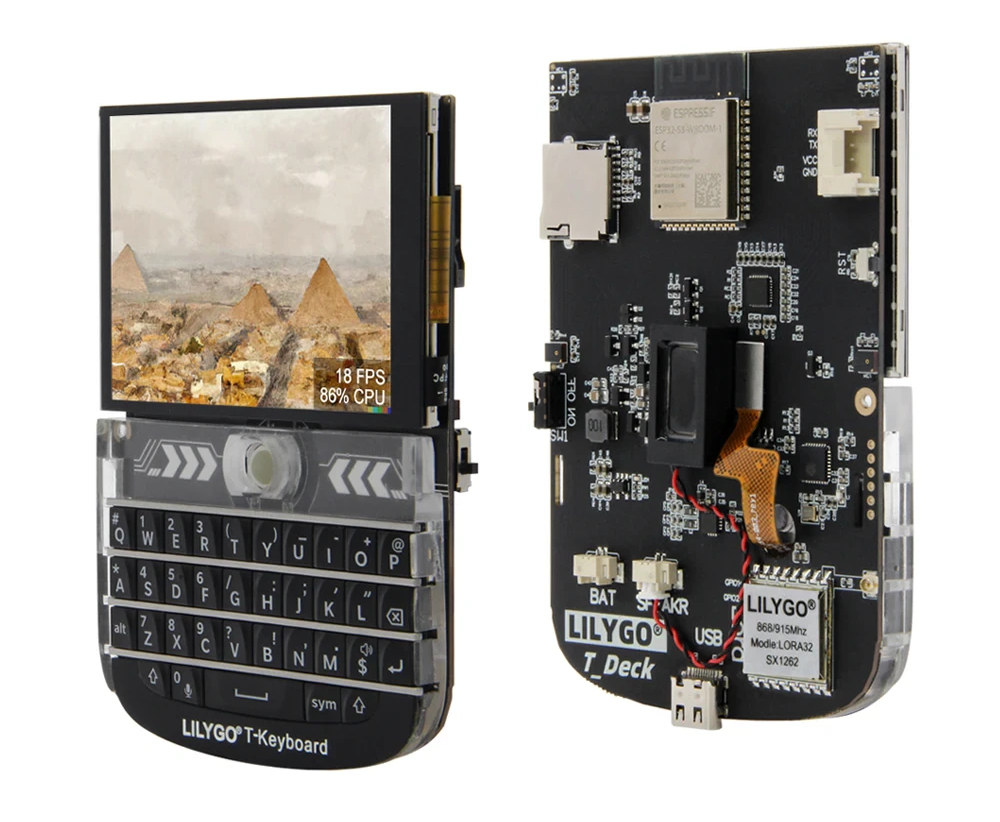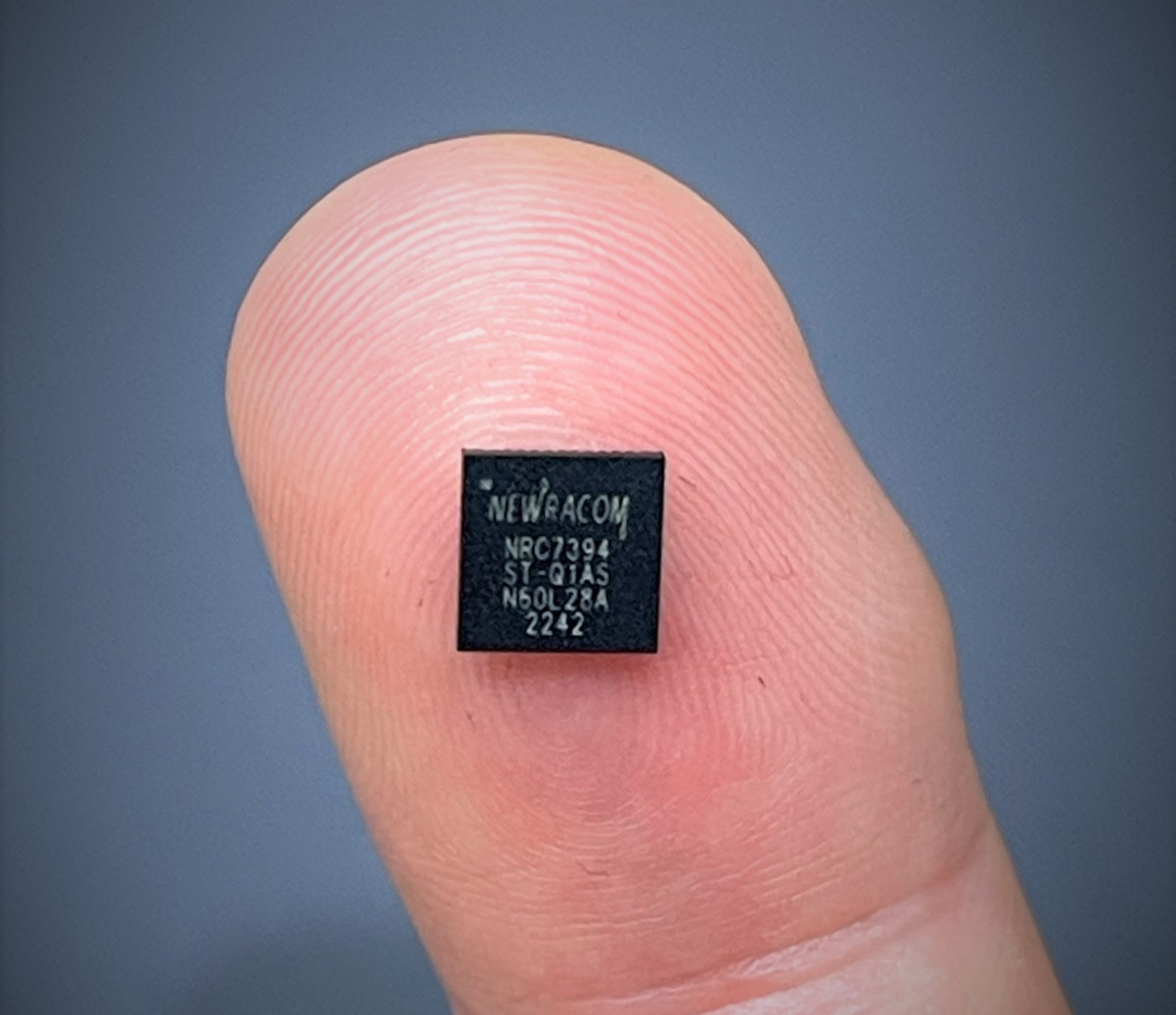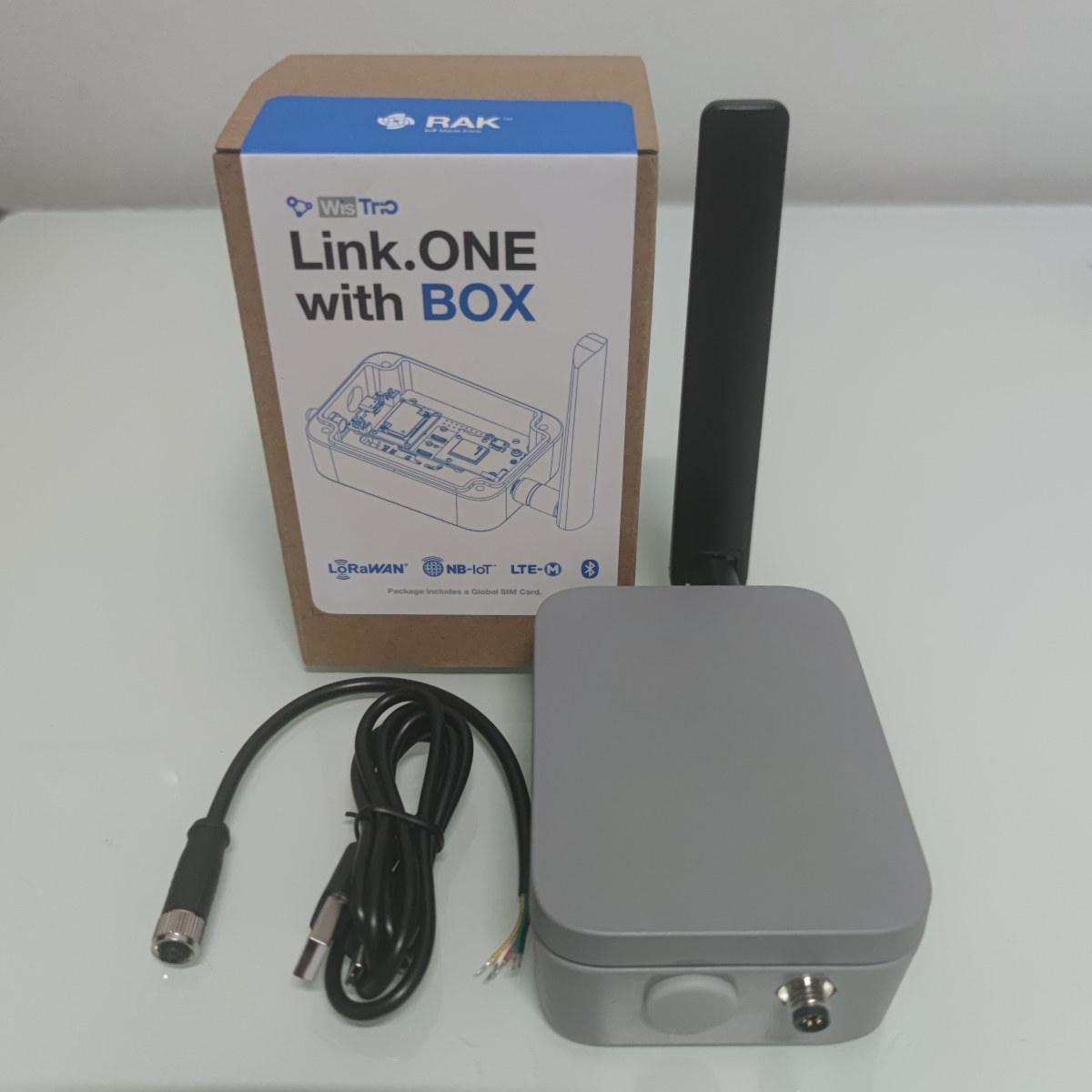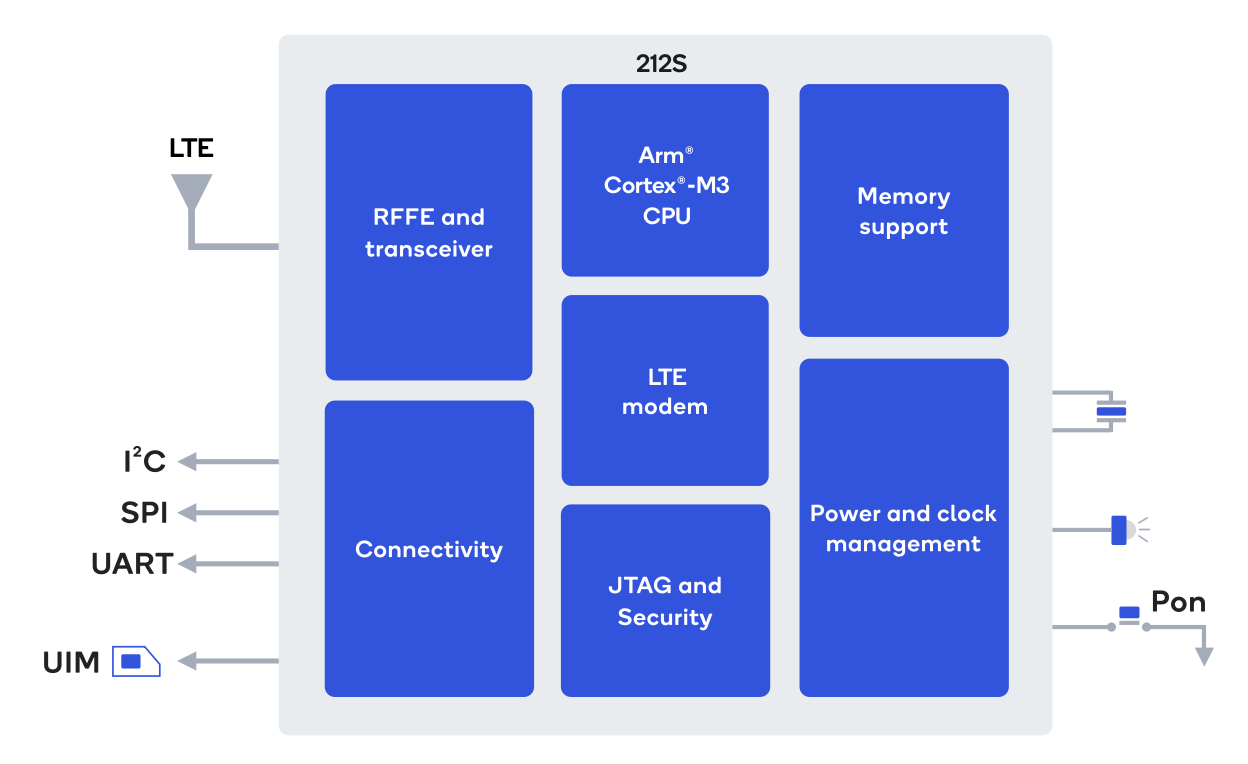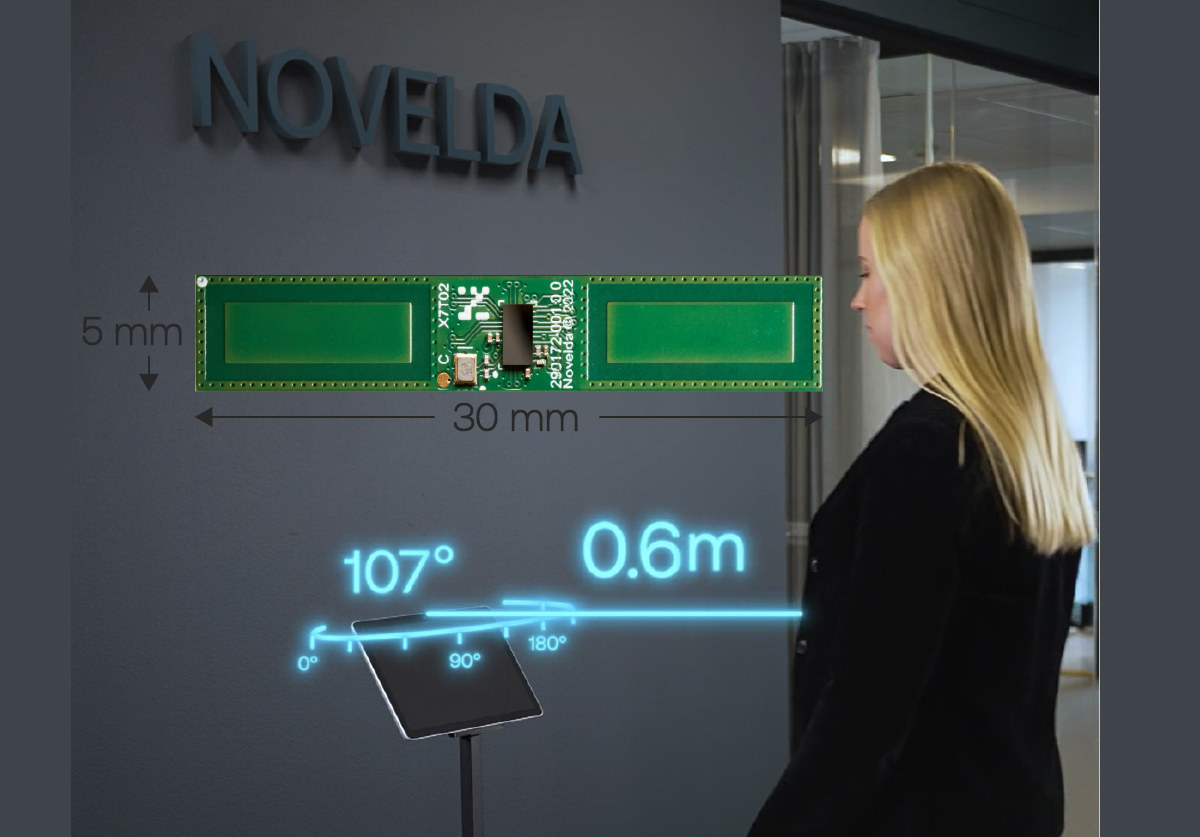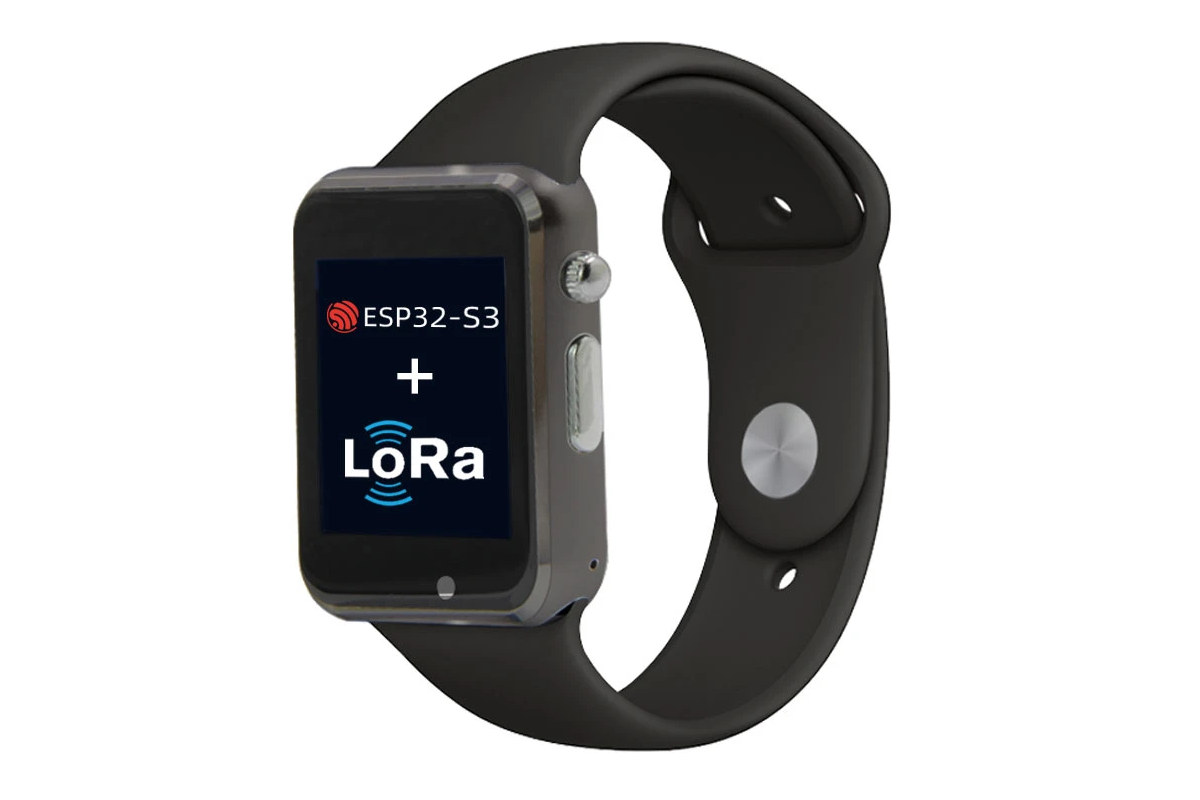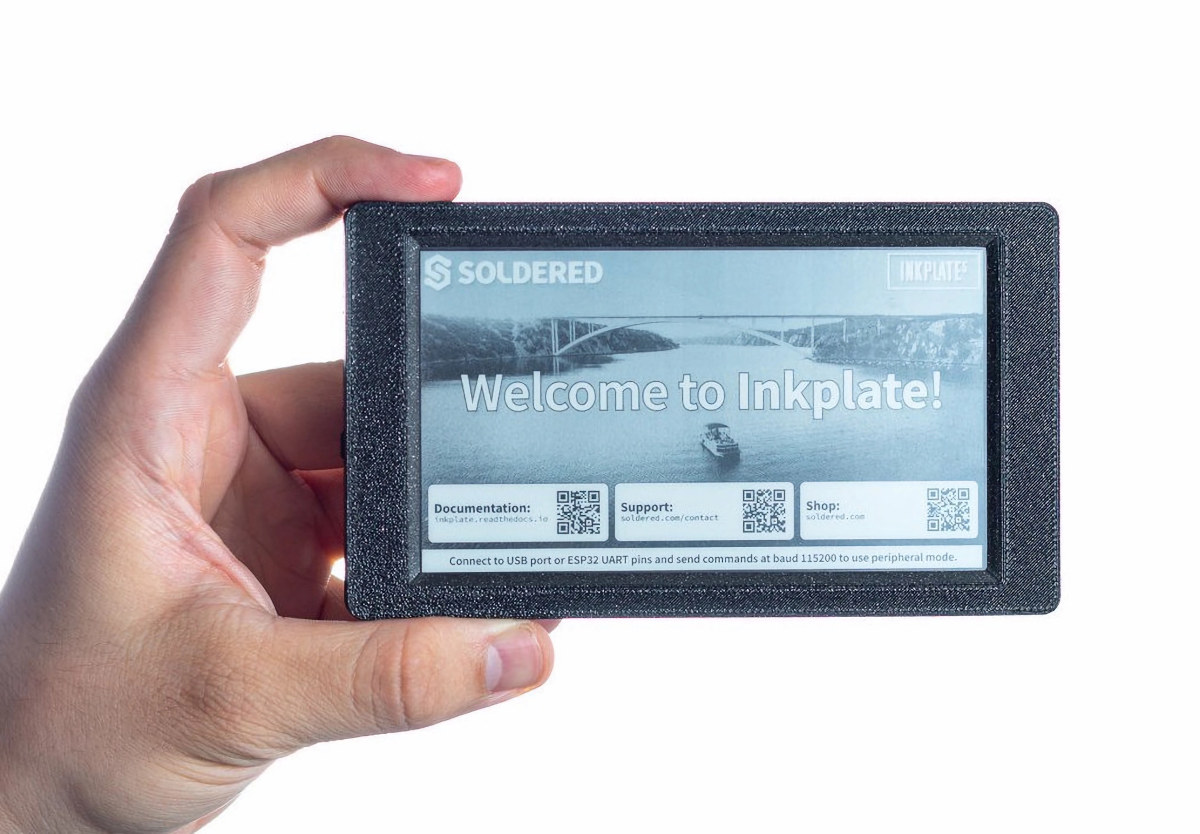A few months ago, SparkFun released the “Datalogger IoT – 9DoF” no-code platform based on ESP32 with some built-in sensors, a microSD card, and two Qwiic connectors to add sensors in order to perform data logging with minimal to no coding. Smart Bee Designs looks to have shrunk the design, removing the built-in sensors in the processor, with the Bee data logger ESP32-S3 board that offers most of the same features plus a built-in DS3231 RTC and back battery for timekeeping, and the ability to leverage the vector extension in the ESP32-S3 for machine learning applications. Bee data logger specifications: Wireless module – Espressif Systems ESP32-S3-MINI-1 module CPU – ESP32-S3 dual-core Xtensa LX7 microcontroller with vector extensions with 512KB SRAM, 384KB ROM, WiFi 4 and Bluetooth 5.0 connectivity Storage – 8MB of QSPI flash PCB antenna Storage – MicroSD card slot up to 16GB capacity USB – 1x USB Type-C port […]
ESP32-S3 board features 2.8-inch display, Blackberry-like keyboard, and optional LoRaWAN connectivity
LILYGO T-Deck is a development kit with an ESP32-S3 WiFi and BLE module, a 2.8-inch display with touchscreen support, a Blackberry-like keyboard based on ESP32-S3, and optional LoRaWAN connectivity through an SX1262 LoRa module. It looks ideal for text-based messaging, but the devkit also includes two microphones and a speaker so audio communication must be possible. Other features include a MicroSD card slot, a Grove connector (UART) for expansion, and support for a LiPo battery with USB charging. LILYGO T-Deck specifications: ESP32-S3-WROOM-1 wireless module SoC – ESP32-S3FN16R8 dual-core Tensilica LX7 microcontroller @ up to 240 MHz with 2.4 GHz 802.11n WiFi 4 and Bluetooth 5.0 LE connectivity Memory – 8MB PSRAM Storage – 16MB SPI flash PCB antenna Storage – MicroSD card slot Display – 2.8-inch IPS display with 320×240 resolution; ST7789 SPI display controller Audio – Built-in speaker using MAX98357A amplifier, 2x MEMS microphones Wireless 2.4 GHz 802.11n WiFi […]
NEWRACOM NRC7394 WiFi HaLow SoC delivers higher power efficiency and cost-effectiveness
NEWRACOM has just introduced the NRC7394 Wi-Fi HaLow Arm Cortex-M3 SoC with higher power efficiency and lower cost than the previous generation NRC7292 Cortex-M3/M0 HaLow SoC and available in a 6x6mm package. I first wrote about the 802.11ah standard in 2014. Also known as the WiFi HaLow (consumers name), it operates in the 900 MHz band, offers a longer range and lower power consumption for items like IP cameras, and the first products came to market in 2021. I was expecting a flood of new WiFi HaLow devices in 2022 in my year 2021 round-up and it was not exactly a prescient prediction as it never happened. But maybe the new NRC7394 SoC will help make WiFi HaLow devices more popular by lowering the costs and further improving battery life. NEWRACOM NRC7394 key features: CPU – Arm Cortex-M3 core @ 32 MHz for IEEE 802.11ah WLAN and application Connectivity Full […]
Using Link.ONE all-in-one LPWAN development kit with ChipStark, Node-Red, InfluxDB, and Grafana
RAKwireless has sent us a review sample of the WisTrio Link.ONE all-in-one LPWAN IoT development kit with support for LTE-M, NB-IoT, and LoRaWAN connectivity and programmable with the Arduino IDE. We’ve tested the kit with its weatherproof WisBlock Unify enclosure using LoRaWAN connectivity and open-source software packages and frameworks such as ChipStark, Node-Red, InfluxDB, and Grafana. Key features of the Link.ONE kit The Link.ONE kit we’ve received comes with a WisBlock Unify Enclosure (100 x 75 x 38 mm) and a 3,200 mAh/3.7V rechargeable lithium battery which is sufficient when the system is mostly in sleep mode and used to receive data, while not sending information too often. “Link.ONE with BOX” unboxing The following items were very tightly packed inside the box: WisTrio LTE-M, NB-IoT, and LoRaWAN development board Rechargeable lithium battery External Antenna for cellular USB Type-C cable Circular M8 female cable The enclosure is strong with the lid […]
Qualcomm 212S and 9205S Satellite IoT modems target remote monitoring and asset tracking
Qualcomm has just unveiled the Qualcomm 212S and Qualcomm 9205S Satellite IoT modems developed in collaboration with Skylo, an NTN service provider, to enable IoT devices connectivity across satellite and cellular networks for remote monitoring and asset tracking. At the beginning of the year, Qualcomm launched Snapdragon Satellite for two-way messaging on smartphones, but the company has now expanded its use of satellite data connectivity with the Qualcomm 212S and 9205S modems optimized for 5G IoT use cases relying on NTN (Non-Terrestrial Networks). Qualcomm 212S Satellite IoT modem Qualcomm 212S (QCX212S) modem specifications: CPU – Arm Cortex-M3 CPU @ up to 204 MHz Cellular connectivity Cellular Technology – Rel.14 LTE Cat-NB2, Rel.17 NB-IoT over NTN RF LTE low bands – B85, B5, B8, B18, B19, B12, B13, B17, B14, B28, B26, B20 LTE mid bands – B70, B25, B66, B4, B3, B2, B1, B23, N255, N256 Network Protocols – SSL, […]
NOVELDA’s latest UWB radar presence sensor consumes less than 100 µW
NOVELDA has unveiled a new low-power ultra-wideband (UWB) radar presence sensor with a power consumption of under 100 µW and designed to operate on two AAA batteries for up to four years. We first wrote about NOVELDA in 2021 where we covered their UWB X4 presence sensor capable of detecting submillimeter movements with a power consumption of under 2mW. The company has further optimized the technology and has come up with a 30x5mm module capable of doing the same with 0.1mW power consumption. The sensor is said to work behind various materials such as plastics, tempered glass, and ceramics, the detection zone size and shape can be adjusted to meet the application requirements, and the device provides accurate angle and distance information. The new ultra-low power UWB radar presence sensor will mostly be useful for energy/resource savings, lengthening a product’s life cycle, and health monitoring with some of the potential […]
T-Watch S3 ESP32-S3 smartwatch supports WiFi, Bluetooth LE, and LoRa connectivity
LILYGO T-Watch S3 is an ESP32-S3 WiFi and Bluetooth LE smartwatch with LoRa connectivity, and other interesting features such as an RTC, audio support, a vibration motor, and an infrared transmitter to control home appliances. The watch integrates a 1.54-inch color LCD display with capacitive touch, a button to turn on and off the device, and a USB port to charge the included 400 mAh battery. The T-Watch S3 sells in silver or “gun color” with a black wrist strap. T-Watch S3 specifications: Wireless MCU – Espressif Systems ESP32-S3 dual-core Tensilica LX7 @ up to 240 MHz with vector instructions for AI acceleration, 512KB RAM, 8MB PSRAM, 16MB flash, WiFi 4 and Bluetooth LE wireless connectivity Connectivity 2.4 GHz WiFi 4 (802.11 b/g/n) Bluetooth LE 5.0 Semtech SX1262 LoRa RF transceiver: 433 MHz, 868 MHz, 915 MHz Display – 1.54-inch 16-bit color LCD display with 240×240 resolution, capacitive touch; ST7789V […]
Inkplate 5 – A 5.2-inch wireless e-paper display programmable with Arduino or MicroPython (Crowdfunding)
The team at Soldered Electronics has been designing Inkplate ESP32-based e-paper displays ever since the first 6-inch model was launched in 2019. The latest Inkplate 5 comes with a recycled 5.2-inch E-Ink (e-paper) display with refresh times of only 0.19 seconds, and programmable with the Arduino IDE or MicroPython firmware. The WiFi-connected display offers a 960×540 resolution, or 213 DPI pixel density, integrates an RTC with battery for accurate timekeeping, two buttons for power and wake/user, and I/O expansion via headers and an easyC/Qwicc connector. Inkplate 5 specifications: Wireless module – Dual-core ESP32 processor with Wi-Fi 4 & Bluetooth 4.0 (BLE) connectivity, 8MB flash, 4MB PSRAM External storage – MicroSD card socket Display – 5.2-inch, 960×540 e-paper display with 213 DPI pixel density Refresh times: full refresh in just 1.02s (1-bit and 3-bit) and partial refresh in 0.19s (1-bit) USB – 1x USB Type-C port for programming and power Expansion […]


